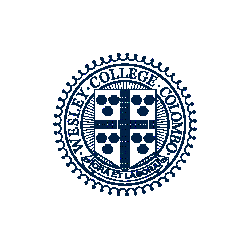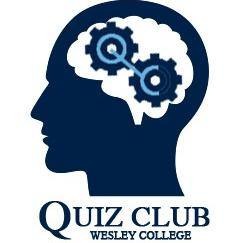History Club
| President | Vice President | Secretary |
|---|---|---|

| President | Vice President | Secretary |
|---|---|---|

President Vice President Secretary Mabroor Ahmad Aakif Sabri
President Vice President Secretary Rajeeve Edwards Thisal Ariyananda Ranmeth wijesignha
President Vice President Secretary Nimron Vishal Joel Nithush Brayan Hesakiya
President Vice President Secretary Ishan Arosha
President Vice President Secretary Oshada Perera Dulshan Nethmina Rison Fernando
President Vice President Secretary